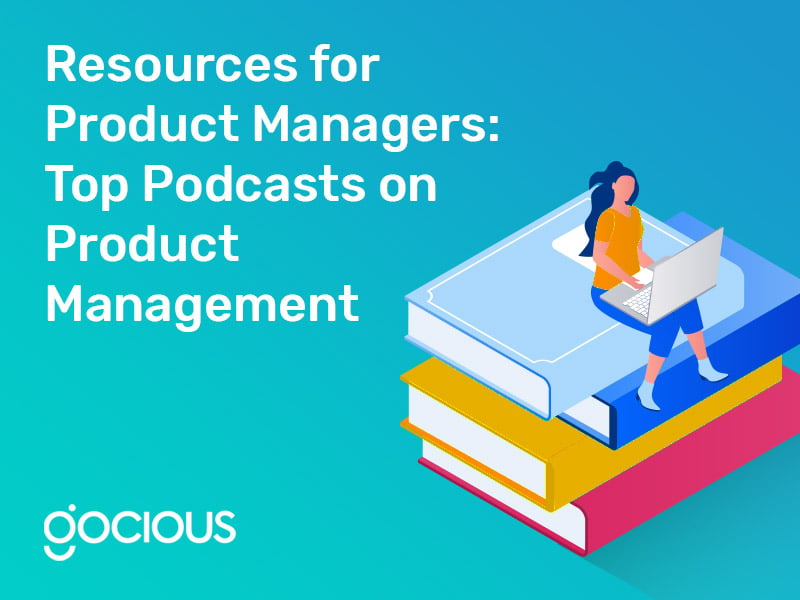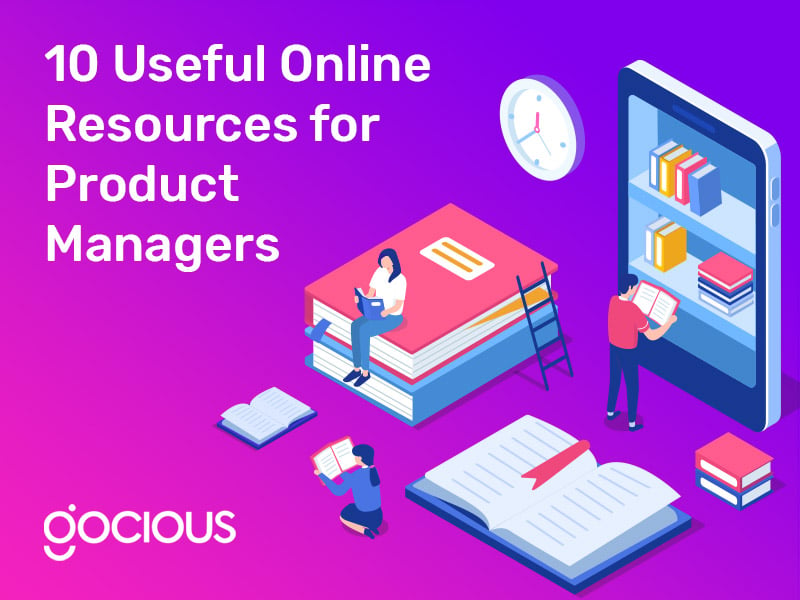
Subscribe to our blog
Ready to improve your roadmapping process?
Curious about how Gocious can help your manufacturing team transform its Product Lifecycle Management strategy? Let’s schedule a call to explore!
Product Management Articles
Why You Need These 3 Players When Transitioning to Agile
Product managers are responsible for presenting the best possible products to their executive and finance teams for approval. The best products will align with the company goals and have the right features to satisfy market demands. These decisions require strategy, research, and a team of great players working together. As many manufacturing companies shift from the traditional stage-gate process to an agile product development process, three key players are essential team members who support the product manager and the product teams: the product owner, the scrum master, and the lead developer.
Just Released: Integrating Gocious Roadmaps With Jira for Seamless Collaboration
Many powerful management tools are available to manufacturers and product teams beyond the high-level dashboard that a product roadmap management software offers. Engineering teams, for example, require effective ticket management software systems that help them prioritize their backlogs and delegate tasks to their teams before reporting back to their product managers or product owners.
What Qualities Do Successful Product Managers Have?
Product Managers juggle various tasks all day, from deciding on a product strategy to presenting metrics to stakeholders. You need to understand what customers need and then decide on a product that can be built to meet that need. This job involves many moving pieces, and while it is not for everyone, it can be gratifying. So the big question is, what qualities do successful product managers possess? There are probably a lot. But some that all great product managers have in common are business drive, good communication skills, flexibility, analytical skills, and the ability to find a work-life balance.
How to Make the Most of Your Roadmap in Product Management
Every good product manager knows that the roadmap is crucial to product management. Roadmaps give you a high-level view of the entire product portfolio as well as the progress of each product from start to finish. While there are various details to include on a product roadmap, five essential metrics to include are objectives and key results (OKRs), key performance indicators (KPIs), milestones, initiatives, and value.
How to Bridge the Gap Between Product Strategy and Execution
The main objective of a product strategy is to create a plan to help a company achieve its overall goals. This plan should be clear and concise and reduce the time and effort in the development process while increasing growth and efficiency. To successfully execute the product strategy, a product manager should have access to the necessary resources and employ efficient development practices to meet the goals.
Resources for Product Managers: Top Podcasts on Product Management
Where do you search for inspiration as an aspiring or curious product manager? Whether you are breaking into the industry, finding your footing, or simply looking to keep up with ever-evolving digital product management trends, there is always something new to learn.
The 4 Factors Taking Manufacturing Companies Into the Future
Product manufacturing is a complex process, no matter what your industry is. Between managing people and teams and sourcing materials and components, there are numerous moving pieces that can lead to potential complications in production. Every manufacturer faces similar threats, including supply chain disruption, global political events, natural environmental factors, shifting consumer demands and habits.
5 Pieces of Key Information Every Product Roadmap Should Include
If you are a product manager building a product roadmap, there are numerous components you could add and various factors to consider. Why should you use a product roadmap at all?
Best Practices for New Product Managers
As a new product manager, your role is to oversee the production of products that meet your company's business goals and fulfill the needs of your customers. If you've done your research, these two goals align. While product oversight is the primary goal of a product manager, their daily tasks encompass a wide range of activities. Here are some of the best practices product managers should follow to be successful in their field.
10 Useful Online Resources for Product Managers
What Is the Point of Professional Development?
Whether you are new to the product management industry or a seasoned product management professional, continuing education can benefit you at any stage of your career. All aspects of product development are ever-evolving as technology and trends change over time. The same is true for people; we rely on thought leaders to keep us informed of the latest product design and development news so we can adjust our objectives and processes accordingly.
How to Incorporate Customer Feedback Into Your Product Planning
As any great product manager knows, creating an amazing product means understanding your target audience. It is important to know what your potential customers are looking for from the type of product you are planning. In-depth customer research is something that can take a product from good to great, which is why customer research cannot be an afterthought. Successful integration of customer research needs to be considered from the beginning and should be interwoven throughout the product planning process.
What Is Enterprise Agile Planning in Product Management?
The rise in global demand for products, along with the sophistication of software embedded within the hardware, means that the product world is starting to shift. Manufacturers can no longer spend years developing prototypes before testing them on the market—that method is no longer viable in terms of finances and time. Instead, companies are looking for ways to test ideas sooner, build products quicker, and reduce financial risks.













